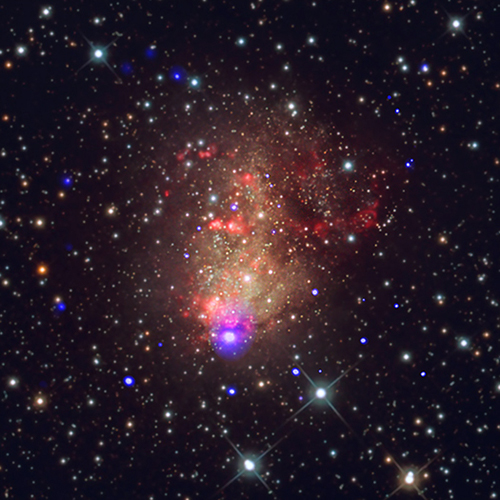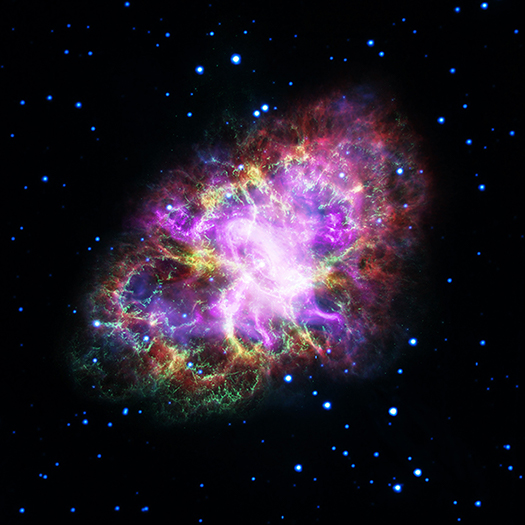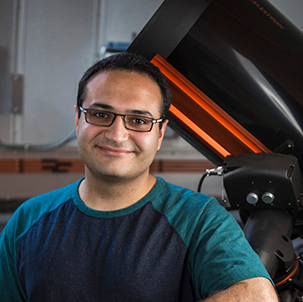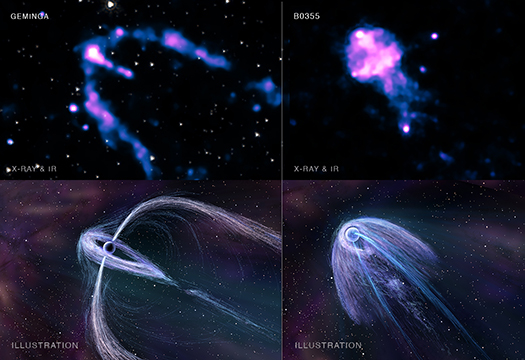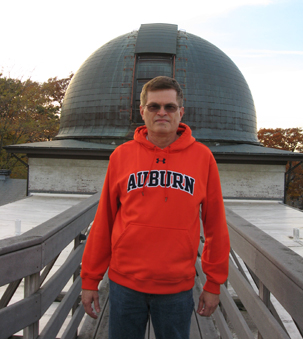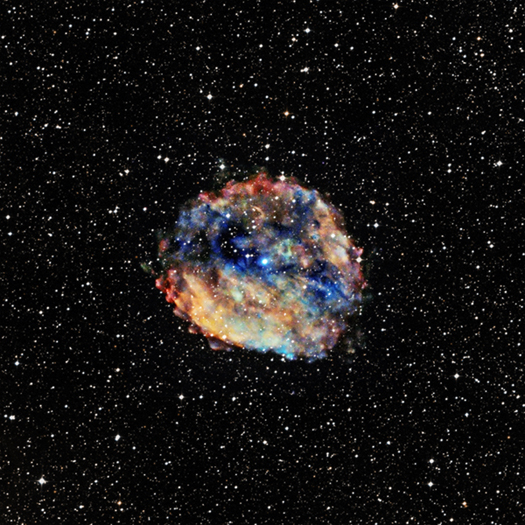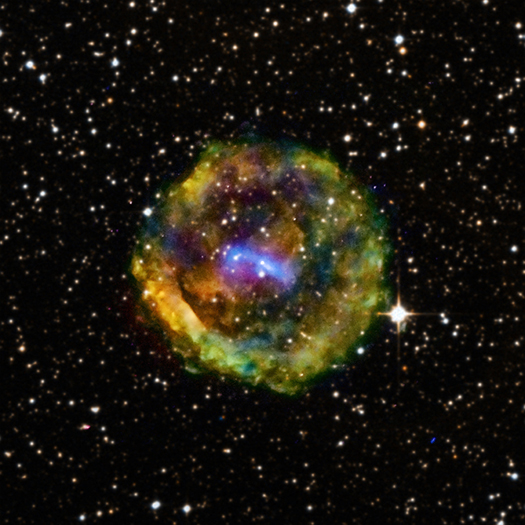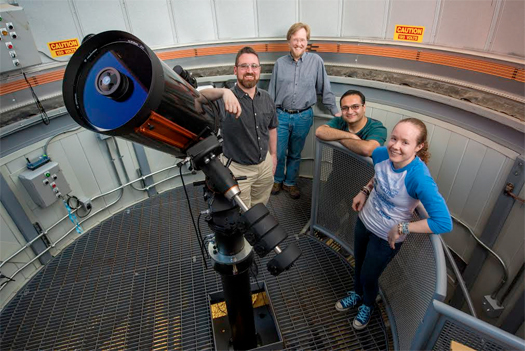Chandra Makes First Detection of X-rays from a Gravitational Wave Source: Interview with Chandra Scientist Raffaella Margutti
Submitted by chandra on Fri, 2017-10-13 11:36
Chandra Scientist Raffaella Margutti
Raffaella Margutti obtained a PhD degree in Physics and Astronomy from the University of Milano Bicocca, Italy, in 2010, working on the broad-band (radio to gamma-ray) emission from relativistic jets in gamma-ray bursts within the Swift team. She then worked as a postdoctoral fellow at the Institute for Theory and Computation (ITC) at Harvard University, and then moved in 2015 for one year to New York University as James Arthur Fellow. Raffaella began a faculty position at Northwestern University (Physics and Astronomy) in 2016. She has been working in the field of Astronomical transients for more than a decade, with a wide range of expertise including, Stellar Explosions, Gamma-Ray bursts, Tidal Disruption Events, Stellar Outburst, and now, counterparts to GW.
What are gravitational waves?
Gravitational Waves are ripples in space-time that become particularly strong when very violent event in our Universe happen, like the merge of two very peculiar stars that we call neutron stars (NS). NS are what get left behind after a big star like 10 times the Sun ends its life with a big explosion.


